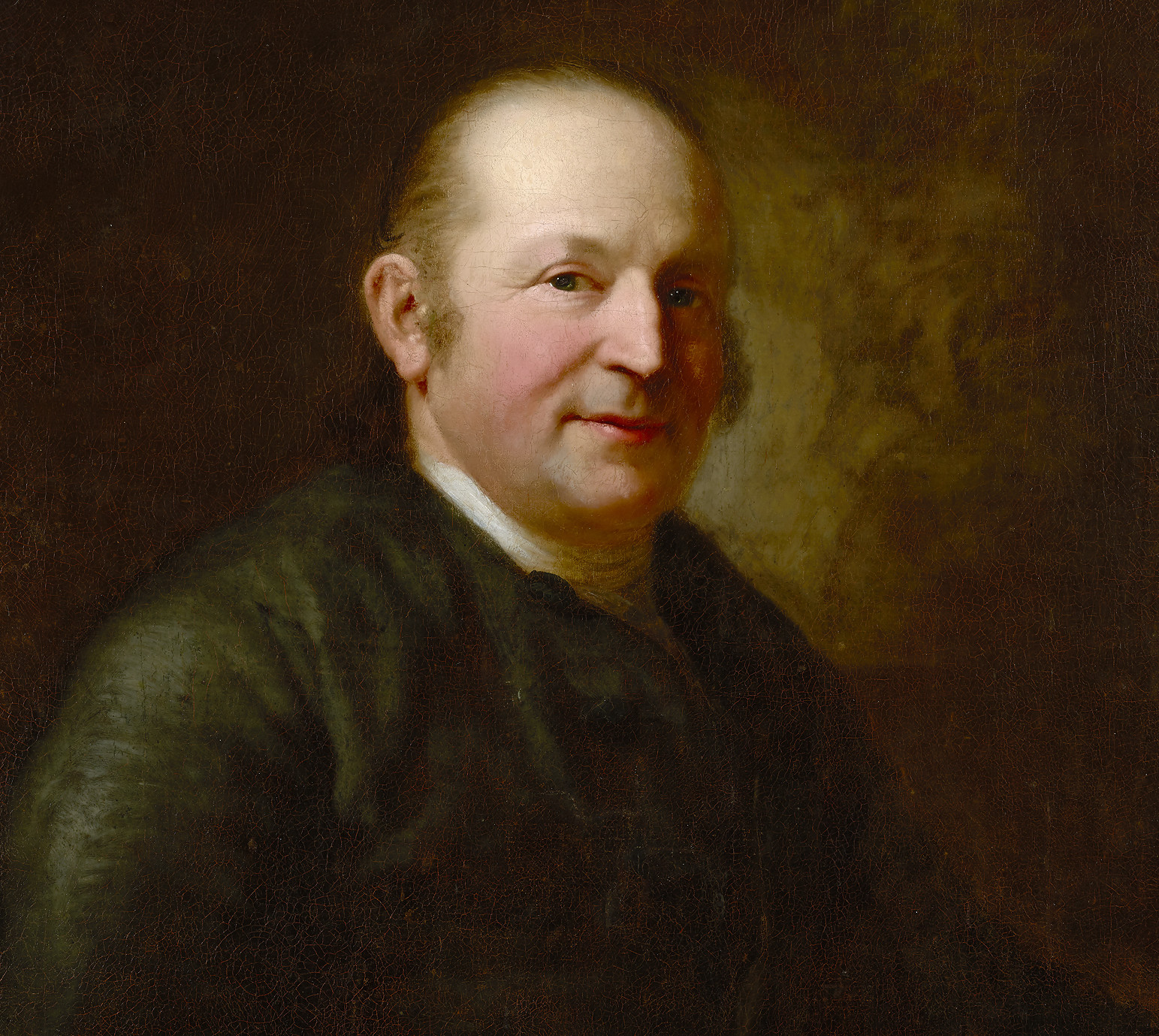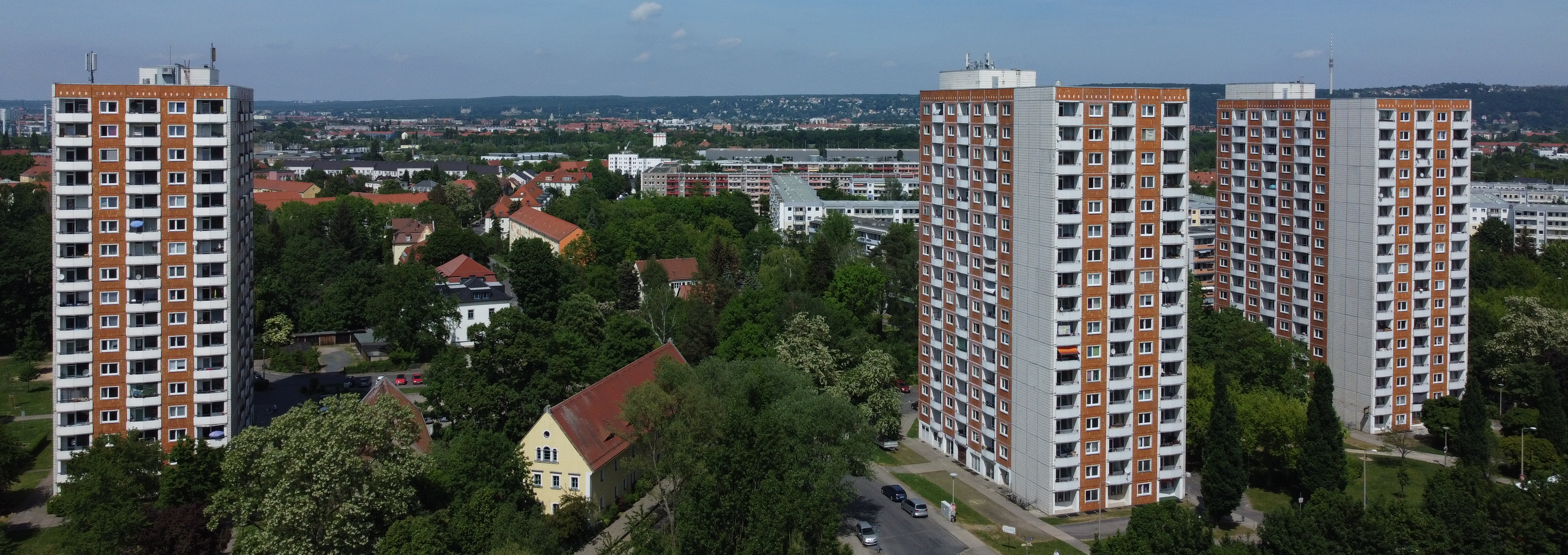
The history of the house
The Palitzsch Museum is located in a historic farmhouse from the middle of the 19th century, which has come to be known as the »Palitzschhof«. Following the demolition of the barn in 1982, only the two residential buildings remain of the former three-sided farm. One houses the museum and an art school, while the other is to be renovated and converted into a »community centre« by 2024. The listed Palitzschhof is the only remaining farmstead in the historic village centre of Prohlis. Since the 1970s, the Palitzschhof has been surrounded by several 17-storey tower blocks. It is located between the streets »Am Anger« to the north, »Prohliser Straße« to the east and »Gamigstraße« to the south. The Geberbach stream flows directly alongside the Palitzschhof.
We are part of the network of Museums in the City of Dresden.

Johann George Palitzsch – A peasant scholar who achieved world fame
In the 18th century, the former village of Prohlis near Dresden was home to Johann George Palitzsch (1723 – 1788), a well-known peasant scholar at the time, who ran a large farm on the outskirts of the village. He acquired physical and astronomical instruments and owned a large library including a botanical and mineralogical collection. He became world-famous in 1758 through the rediscovery of Halley's Comet, which had been predicted by Edmond Halley in 1705. After the devastating Seven Years' War in Saxony, he promoted the cultivation of potatoes in Dresden's Elbe Valley. He corresponded with scholars throughout Europe about his observations and findings. Today he is almost forgotten and the few original pieces only give an idea of the extent of his wide-ranging interests.
Contributions on Deutschlandfunk:
Der Bauerngelehrte und seine Entdeckung des Polarsterns
























